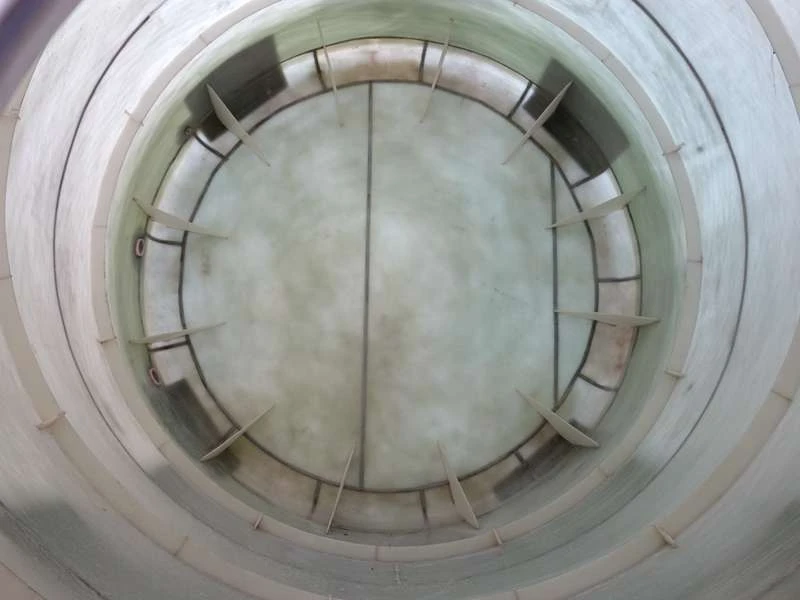
-
 Afrikaans
Afrikaans -
 Albanian
Albanian -
 Amharic
Amharic -
 Arabic
Arabic -
 Armenian
Armenian -
 Azerbaijani
Azerbaijani -
 Basque
Basque -
 Belarusian
Belarusian -
 Bengali
Bengali -
 Bosnian
Bosnian -
 Bulgarian
Bulgarian -
 Catalan
Catalan -
 Cebuano
Cebuano -
 China
China -
 China (Taiwan)
China (Taiwan) -
 Corsican
Corsican -
 Croatian
Croatian -
 Czech
Czech -
 Danish
Danish -
 Dutch
Dutch -
 English
English -
 Esperanto
Esperanto -
 Estonian
Estonian -
 Finnish
Finnish -
 French
French -
 Frisian
Frisian -
 Galician
Galician -
 Georgian
Georgian -
 German
German -
 Greek
Greek -
 Gujarati
Gujarati -
 Haitian Creole
Haitian Creole -
 hausa
hausa -
 hawaiian
hawaiian -
 Hebrew
Hebrew -
 Hindi
Hindi -
 Miao
Miao -
 Hungarian
Hungarian -
 Icelandic
Icelandic -
 igbo
igbo -
 Indonesian
Indonesian -
 irish
irish -
 Italian
Italian -
 Japanese
Japanese -
 Javanese
Javanese -
 Kannada
Kannada -
 kazakh
kazakh -
 Khmer
Khmer -
 Rwandese
Rwandese -
 Korean
Korean -
 Kurdish
Kurdish -
 Kyrgyz
Kyrgyz -
 Lao
Lao -
 Latin
Latin -
 Latvian
Latvian -
 Lithuanian
Lithuanian -
 Luxembourgish
Luxembourgish -
 Macedonian
Macedonian -
 Malgashi
Malgashi -
 Malay
Malay -
 Malayalam
Malayalam -
 Maltese
Maltese -
 Maori
Maori -
 Marathi
Marathi -
 Mongolian
Mongolian -
 Myanmar
Myanmar -
 Nepali
Nepali -
 Norwegian
Norwegian -
 Norwegian
Norwegian -
 Occitan
Occitan -
 Pashto
Pashto -
 Persian
Persian -
 Polish
Polish -
 Portuguese
Portuguese -
 Punjabi
Punjabi -
 Romanian
Romanian -
 Russian
Russian -
 Samoan
Samoan -
 Scottish Gaelic
Scottish Gaelic -
 Serbian
Serbian -
 Sesotho
Sesotho -
 Shona
Shona -
 Sindhi
Sindhi -
 Sinhala
Sinhala -
 Slovak
Slovak -
 Slovenian
Slovenian -
 Somali
Somali -
 Spanish
Spanish -
 Sundanese
Sundanese -
 Swahili
Swahili -
 Swedish
Swedish -
 Tagalog
Tagalog -
 Tajik
Tajik -
 Tamil
Tamil -
 Tatar
Tatar -
 Telugu
Telugu -
 Thai
Thai -
 Turkish
Turkish -
 Turkmen
Turkmen -
 Ukrainian
Ukrainian -
 Urdu
Urdu -
 Uighur
Uighur -
 Uzbek
Uzbek -
 Vietnamese
Vietnamese -
 Welsh
Welsh -
 Bantu
Bantu -
 Yiddish
Yiddish -
 Yoruba
Yoruba -
 Zulu
Zulu
frp winding machine
The Importance of FRP Winding Machines in Modern Manufacturing
In recent years, the demand for advanced materials in various industries has increased significantly. One such material that has garnered substantial attention is Fiber Reinforced Polymer (FRP). FRP is renowned for its exceptional strength-to-weight ratio, corrosion resistance, and versatility, making it ideal for applications in aerospace, automotive, construction, and renewable energy sectors. At the heart of FRP production are innovative machines known as FRP winding machines, which play a crucial role in manufacturing high-quality composite products.
FRP winding machines utilize a process called filament winding, where continuous strands of fibers are wound around a mold to create composite structures. The process is highly automated and allows for precise control over the fiber orientation, tension, and resin application, which ultimately affects the performance and quality of the final product. These machines are equipped with advanced technology that enables manufacturers to produce complex geometries and optimize material usage efficiently.
The Importance of FRP Winding Machines in Modern Manufacturing
Moreover, FRP winding machines support various fiber materials, including glass, carbon, and aramid fibers. Each of these materials provides unique properties that can be tailored to specific applications. For example, carbon fibers are known for their superior strength-to-weight ratio, making them ideal for high-performance applications. In contrast, glass fibers offer excellent electrical insulation and are more cost-effective, broadening the range of potential uses for FRP products.
frp winding machine

Another significant advantage of FRP winding machines is their ability to produce parts with complex shapes and large sizes. Traditional manufacturing techniques often struggle with producing large components that maintain uniform quality. However, FRP winding machines can easily accommodate different molds and sizes, allowing manufacturers to create products ranging from small pipes to massive wind turbine blades. This capability opens up new opportunities in industries such as renewable energy, where large diameter components are required.
In addition to their production capabilities, FRP winding machines also contribute to sustainability goals. The use of composite materials can help reduce the carbon footprint of various industries. For instance, lighter vehicles require less energy for transportation, leading to lower greenhouse gas emissions. Furthermore, some FRP materials can be recycled, promoting a circular economy and minimizing waste.
As technology advances, the efficiency and capabilities of FRP winding machines continue to improve. Innovations such as automated process controls, robotic handling systems, and real-time monitoring are enhancing productivity and reducing lead times. These developments enable manufacturers to respond more quickly to market demands while maintaining high-quality standards.
In conclusion, FRP winding machines are fundamental to the production of advanced composite materials that meet the evolving needs of modern manufacturing. With their ability to create lightweight, high-strength components and their versatility in accommodating various fiber materials, these machines are shaping the future of several industries. As sustainability becomes increasingly important, the role of FRP winding machines in minimizing environmental impact will only grow. With continuous improvements in technology, the potential for FRP applications is vast, making these machines an invaluable asset in today’s manufacturing landscape.









